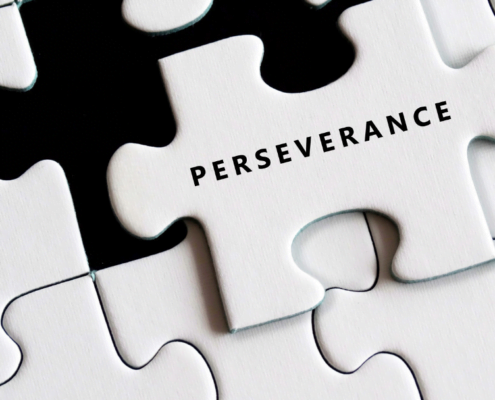Posts

Leading Through Q4: Strategies for the Finish Line
As we enter the year's final quarter, it's time to reflect, refocus,…

Navigating the Now: Mastering Leadership Flexibility
Proactive Leadership: Embedding Flexibility into Your Organization
In…

Thriving in Leadership: Balancing Professional Demands, Building Confidence, and Making Effective Decisions
Balancing Professional Demands with Personal Well-being
Striking…

Persistence: The Power of Perseverance in Achieving Long-Term Goals
Time Management: Mastering Your Priorities
The Power…

Evolving Leadership: From Leader-Follower to Leader-Leader Model
Evolving Leadership: From Leader-Follower to Leader-Leader Model
In…

